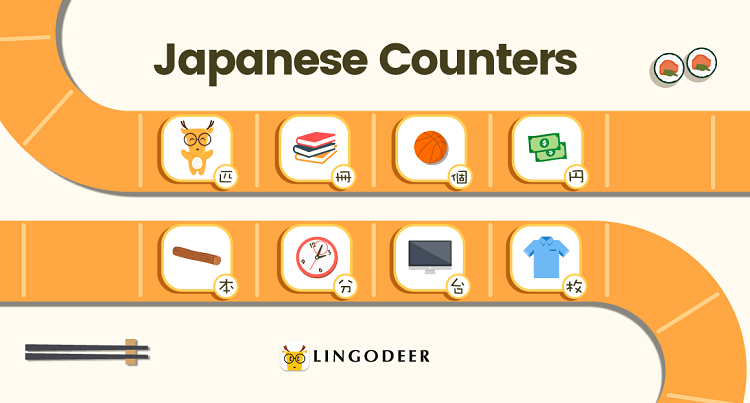There are several pros and cons of Duolingo, which is a popular learning app for Japanese speakers. This app offers a traditional progressive learning experience, with lessons based on various themes. It also rewards you for progress with badges, leaderboards, and animations. Plus, you can connect with friends and benchmark yourself against other users. You can also take advantage of the support community to ask for help. However, as with any other language learning service, there is a certain amount of noise to the audio files. As a result, this is not a good option for beginners.

Duolingo has a leaderboard system that rewards players based on their daily XP score. By consistently learning the Japanese language, you can earn more XP, a currency that can unlock different features in the app. Currently, you can earn more XP by unlocking cosmetic changes or achieving higher XP levels. But keep in mind that this system isn’t a great option for those who don’t have the time or inclination to devote a lot of time to learning a new language.
Another problem with Duolingo is that it only has one pronunciation for each word. It doesn’t tell you when to change a pronunciation based on the function of a word. For example, Ren is always pronounced as jin, while hito is pronounced as hito. This doesn’t help you learn the Japanese language and isn’t the best option for beginners.
Another issue with Duolingo is its speed. It glosses over kanji and grammar points faster than the average Japanese learner. You’ll need to practice daily and get a good review book. You’ll need to learn the language yourself before attempting to communicate in a foreign language. And it’s not enough to be fluent on the first day. And you’ll likely have to spend more than a few hours in a row.
Another drawback is Duolingo’s lack of variety. While many people praise the app’s variety of features, it’s important to know what’s right for you. For example, the app is a great way to practice your Japanese vocabulary. Besides learning new words and phrases, it also promotes learning consistency. The goal is to improve your overall skills and be fluent in the language. It is possible to do that in a few days by taking daily classes, but you must have the proper tools.
Duolingo is free, but it’s not the best choice for Japanese learners. In addition to being completely free, it also doesn’t teach essential communication skills. It’s important to understand the differences between Japanese and English, especially if you plan to travel to Japan. The best way to learn the language is to learn from a native speaker. You’ll be ready for the real world when you start with the right program.
Another downside is that Duolingo glosses over the details of writing in Japanese. Although the app introduces new kanji fast, there’s no detailed explanation of writing in the language. In contrast to the free-to-download alternatives, Duolingo is free to use, but gamification is a crucial feature for this app. While this is a major drawback, it is still better than other Japanese learning apps.
The free version of Duolingo is a good option for beginners. Its simplicity and convenience make it an excellent choice for anyone learning Japanese. Its gamification approach makes it more engaging than similar apps. And premium features are available. While the free version of Duolingo is free, the premium version is only available if you want to unlock more advanced features. But it’s worth it because Duolingo is a good way to learn the language.
The in-app gamification of Duolingo is subtle but effective. Its monetization model is freemium – ads are necessary for users to progress. As a result, you’ll need to watch advertisements to gain access to premium features. But it’s well worth the price if you’re serious about learning Japanese. It’s the most convenient way to learn the language.



